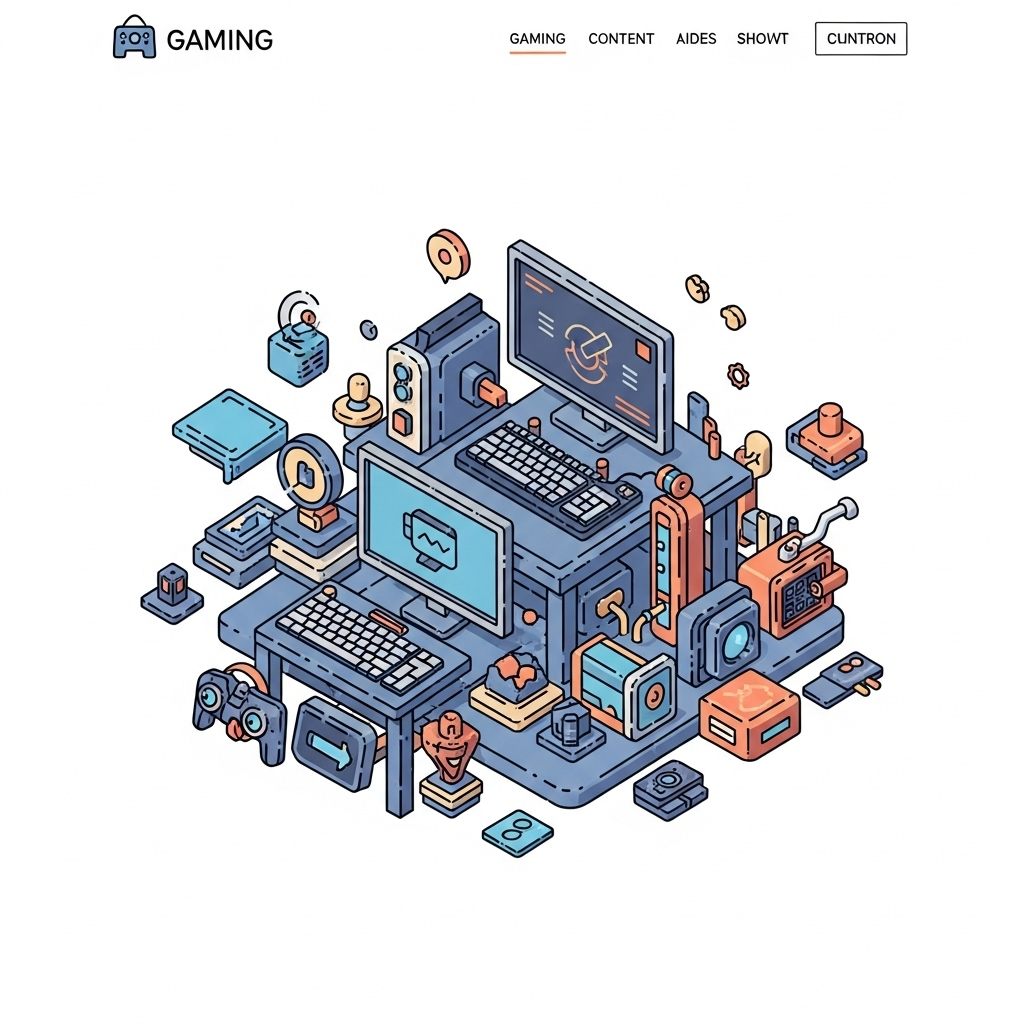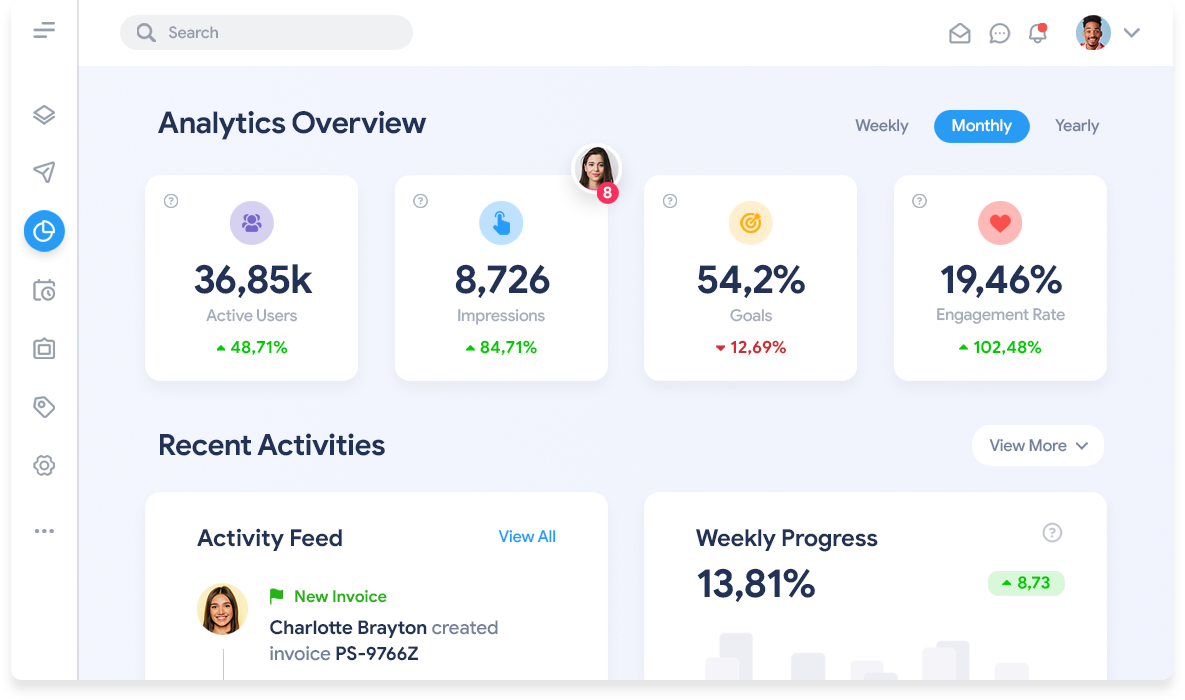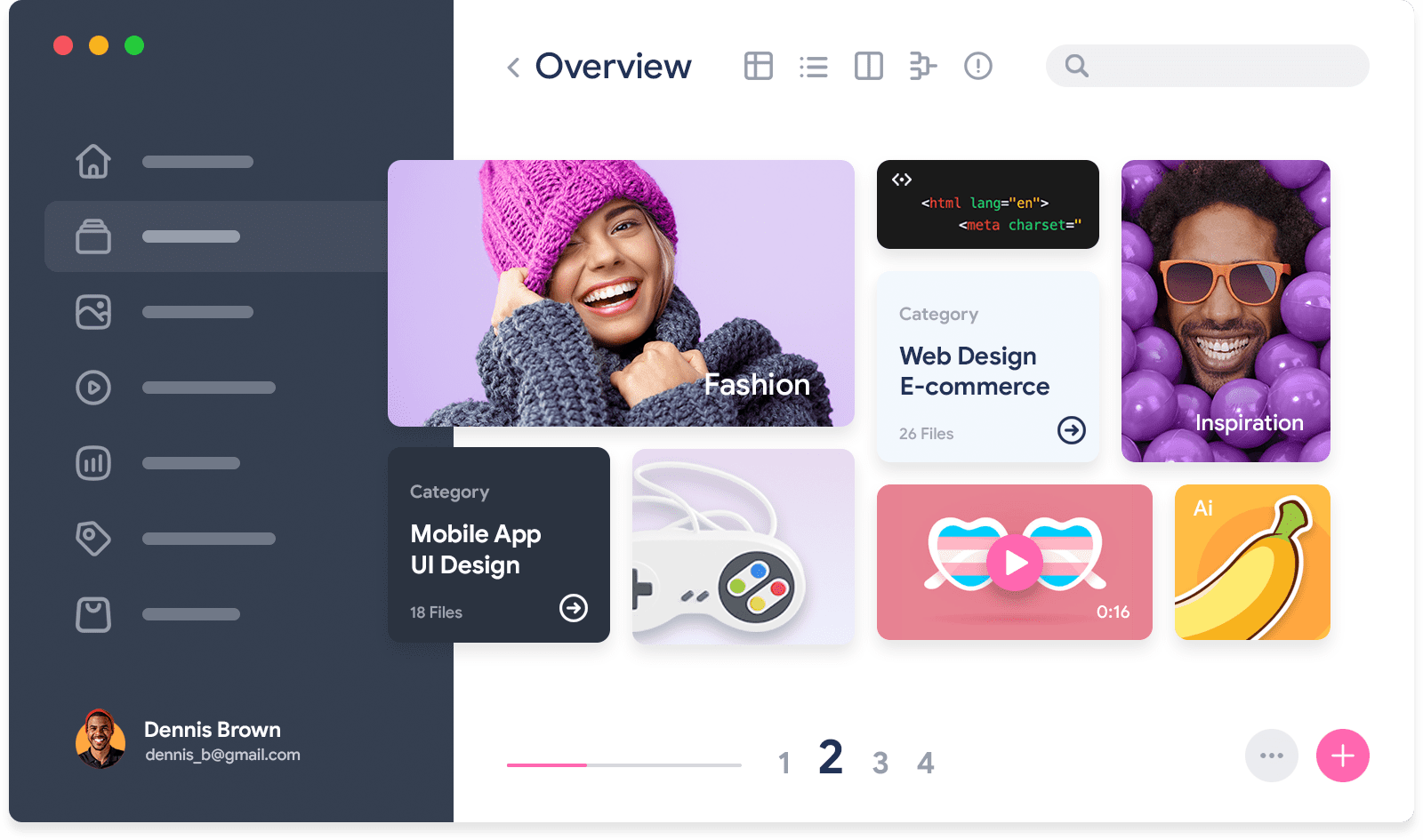Gaming Platforms Content Moderation
Create safe, inclusive gaming environments with advanced AI content moderation. Detect and prevent toxic behavior, harassment, cheating, and inappropriate content across voice communications, in-game chat, user-generated content, and player interactions in real-time.

The Gaming Moderation Challenge
Gaming platforms face unique content moderation challenges that differ significantly from traditional social media. The combination of competitive environments, real-time interactions, voice communications, anonymous players, and high-emotion gameplay creates conditions where toxic behavior, harassment, and inappropriate content can flourish if left unchecked.
Modern gaming encompasses diverse communication channels including voice chat, text messaging, visual customizations, user-generated content, streaming integrations, and community features. Each channel requires specialized moderation approaches that understand gaming culture while maintaining safe, inclusive environments for players of all ages and backgrounds.

Unique Gaming Content Challenges
Real-Time Voice Communication
Voice chat presents the most complex moderation challenge in gaming, with real-time audio streams requiring instant analysis for harassment, hate speech, toxicity, and inappropriate language across multiple languages and gaming slang variations.
Background noise, multiple speakers, gaming terminology, and emotional outbursts during competitive play complicate traditional speech recognition and sentiment analysis, requiring specialized gaming-aware AI models for accurate detection.
Competitive Toxicity
Competitive gaming environments naturally generate high-stress situations that can trigger toxic behavior, griefing, targeted harassment, and unsportsmanlike conduct. Understanding the difference between competitive banter and harmful toxicity requires contextual gaming knowledge.
Team-based games create unique dynamics where coordinated harassment, exclusion tactics, and gameplay sabotage can severely impact player experience and mental health, requiring sophisticated behavioral analysis beyond simple content filtering.

User-Generated Content Complexity
Gaming platforms feature extensive user-generated content including custom avatars, textures, maps, mods, and in-game creations that can contain hidden inappropriate imagery, copyrighted material, or offensive symbols requiring visual analysis.
Creative tools within games enable sophisticated content creation that traditional image recognition may miss, including subtle references, coded imagery, and cultural symbols that require deep contextual understanding to moderate effectively.
Cross-Platform Integration
Modern gaming ecosystems span multiple platforms, devices, and communication channels, requiring unified moderation across console voice chat, PC text communication, mobile interactions, and integrated streaming platforms while maintaining consistent standards.
Gaming-Optimized Moderation Solutions

Real-Time Voice Analysis
Advanced speech-to-text engines optimized for gaming environments process voice communications in real-time, detecting toxicity, harassment, hate speech, and inappropriate language while understanding gaming context, competitive emotions, and cultural variations in expression.
Multi-language support covers global gaming communities with specialized models trained on gaming terminology, slang, and cultural references. The system distinguishes between competitive intensity and genuine toxicity, reducing false positives while maintaining safety standards.
Behavioral Pattern Recognition
Machine learning algorithms analyze player behavior patterns across multiple game sessions, identifying griefing, intentional feeding, team sabotage, and coordinated harassment campaigns that traditional content analysis cannot detect through single interactions.
Advanced player reputation systems track behavior trends, escalation patterns, and interaction histories to provide context-aware moderation decisions that consider player history, game performance, and community standing in addition to individual content violations.
Anti-Cheating Integration

Integrated anti-cheating capabilities detect not only gameplay manipulation but also communication-based cheating including match-fixing coordination, boosting services promotion, and real-money trading discussions that violate game terms of service.
Cross-reference suspicious behavior patterns with known cheating networks, account farming operations, and coordinated ranking manipulation schemes to protect game integrity while maintaining fair competitive environments.
Gaming-Specific Moderation Features
Tournament & Esports Protection
Specialized moderation for competitive gaming environments includes enhanced monitoring during tournaments, stream sniping detection, match-fixing communication analysis, and coordinated harassment prevention to maintain competitive integrity.
Real-time threat assessment during high-stakes matches includes detecting attempts to disrupt gameplay through DDOS coordination, doxxing threats, and other malicious activities that could impact tournament outcomes or player safety.
Streamer & Content Creator Safety
Advanced protection for gaming content creators includes chat moderation for live streams, donation message filtering, coordination with streaming platforms, and detection of harassment campaigns targeting popular streamers and their communities.
Integration with major streaming platforms enables unified moderation across game chat and stream chat, preventing harassment from following creators across platforms while maintaining authentic viewer engagement and community building.

Community Management Tools
Comprehensive community management features include clan/guild moderation, forum integration, event monitoring, and social feature oversight to maintain positive gaming communities across all platform touchpoints and user interaction areas.
Automated escalation systems connect with human moderators and community managers for complex situations requiring gaming expertise, cultural understanding, or community context that AI systems cannot fully address independently.
Age-Appropriate Gaming
Enhanced child safety features for gaming environments include age-verification integration, parental control coordination, inappropriate content blocking, and predatory behavior detection specifically adapted for gaming communication patterns and social dynamics.
Gaming Platform Success Stories

Major Battle Royale Platform - 200M+ Players
A leading battle royale game implemented our gaming-optimized content moderation to address escalating toxicity in voice communications and text chat. The solution processes over 50 million voice interactions and 200 million text messages daily across 40+ languages.
Results included 87% reduction in reported toxicity, 92% improvement in voice chat harassment detection, and 76% decrease in false positive bans, leading to significantly improved player retention and community satisfaction scores across all regions.
Competitive MOBA Platform
A major multiplayer online battle arena game integrated our behavioral analysis system to combat team-based toxicity and griefing. The AI system analyzes player behavior patterns across matches to identify consistent toxic behavior beyond individual incidents.
Implementation achieved 94% accuracy in detecting intentional feeding and griefing behaviors, reduced appeal rates by 81%, and improved new player retention by 65% through more effective toxic player identification and community protection measures.
MMO Gaming Platform
A large-scale MMO platform deployed our comprehensive moderation solution to manage complex guild interactions, world chat systems, and user-generated content across multiple servers and regions with diverse cultural contexts.
The system successfully managed content moderation for 10+ million active players, achieved 96% satisfaction rates for moderation decisions, and maintained sub-50ms response times for real-time chat filtering during peak gaming hours.
Gaming Industry Compliance & Safety

Gaming Industry Standards
Compliance with gaming industry standards including ESRB guidelines, PEGI requirements, and regional gaming regulations ensures platforms maintain appropriate content standards for their target demographics while supporting global market access.
Integration with gaming certification bodies, rating systems, and industry watchdog organizations helps platforms demonstrate responsible gaming practices and maintain good standing within the global gaming ecosystem.
Player Protection Measures
Comprehensive player protection includes anti-harassment systems, cyberbullying prevention, predatory behavior detection, and mental health crisis intervention capabilities specifically adapted for gaming environments and player communication patterns.
Advanced player welfare monitoring detects signs of gaming addiction, excessive spending, and social isolation, enabling platforms to provide appropriate interventions and resources to support healthy gaming habits and player wellbeing.
Competitive Integrity
Maintaining competitive integrity through advanced cheat detection, match manipulation prevention, and coordinated fraud identification ensures fair gameplay and protects the value of competitive achievements and ranking systems.
Integration with anti-cheat systems, tournament organizers, and esports governing bodies creates comprehensive protection against various forms of competitive manipulation and maintains the credibility of gaming competitions.
Gaming Platform Integration
Our gaming content moderation API is specifically designed for the unique requirements of gaming platforms, supporting real-time processing, low-latency responses, and integration with existing gaming infrastructure and anti-cheat systems.
Real-Time Processing Architecture
Ultra-low latency processing ensures voice and text moderation doesn't impact gameplay experience. Edge computing capabilities provide <50ms response times globally, while intelligent caching reduces processing overhead for common gaming terminology and phrases.
Scalable architecture handles massive concurrent player loads during peak gaming hours, special events, and game launches while maintaining consistent moderation quality and system performance across all gaming sessions and player interactions.
Gaming Engine Integration
Native SDKs for major gaming engines including Unity, Unreal Engine, and custom platforms provide seamless integration with existing game architecture. Pre-built modules handle common gaming moderation scenarios while allowing customization for specific game mechanics and community features.
Flexible API design supports various gaming platforms from mobile games to AAA titles, with processing capabilities that scale from indie multiplayer games to global gaming platforms serving hundreds of millions of players simultaneously.
